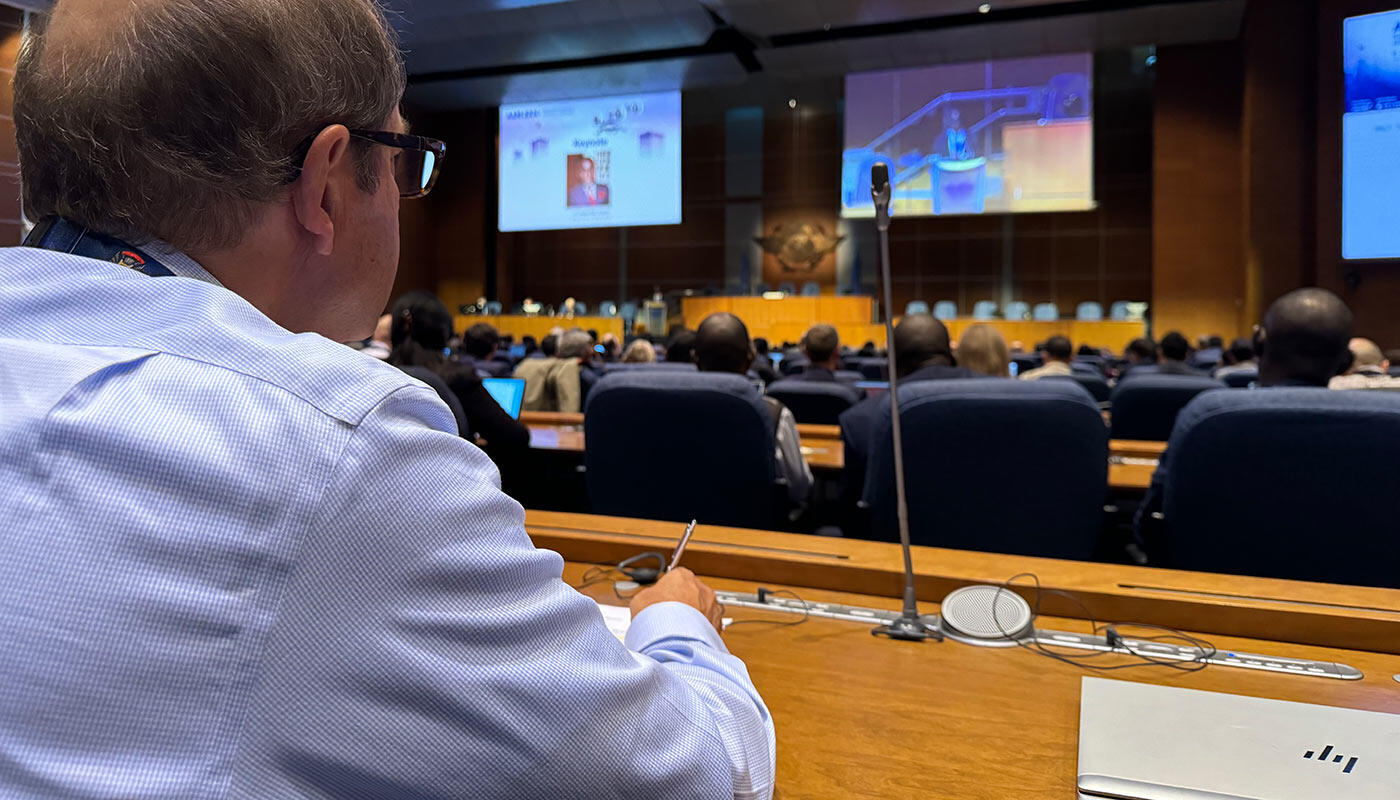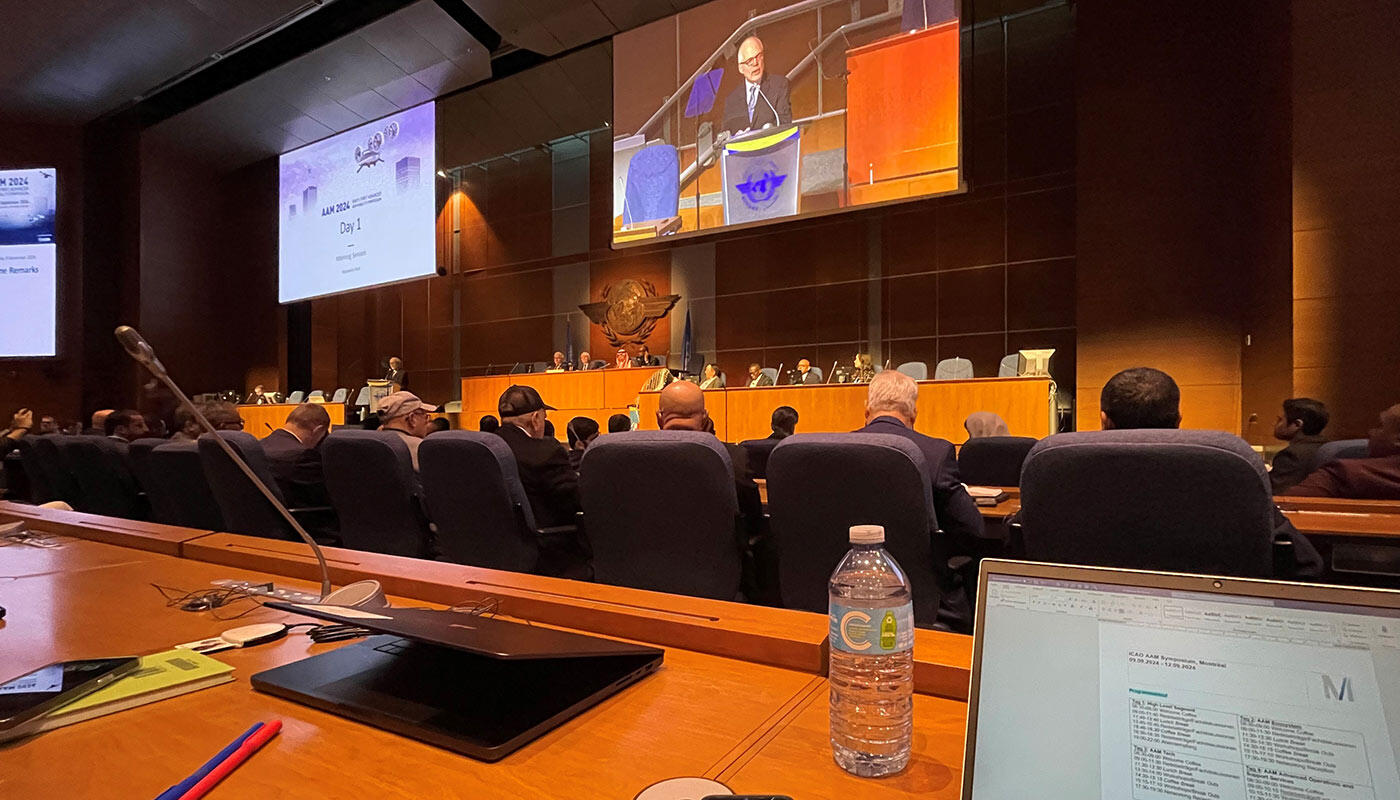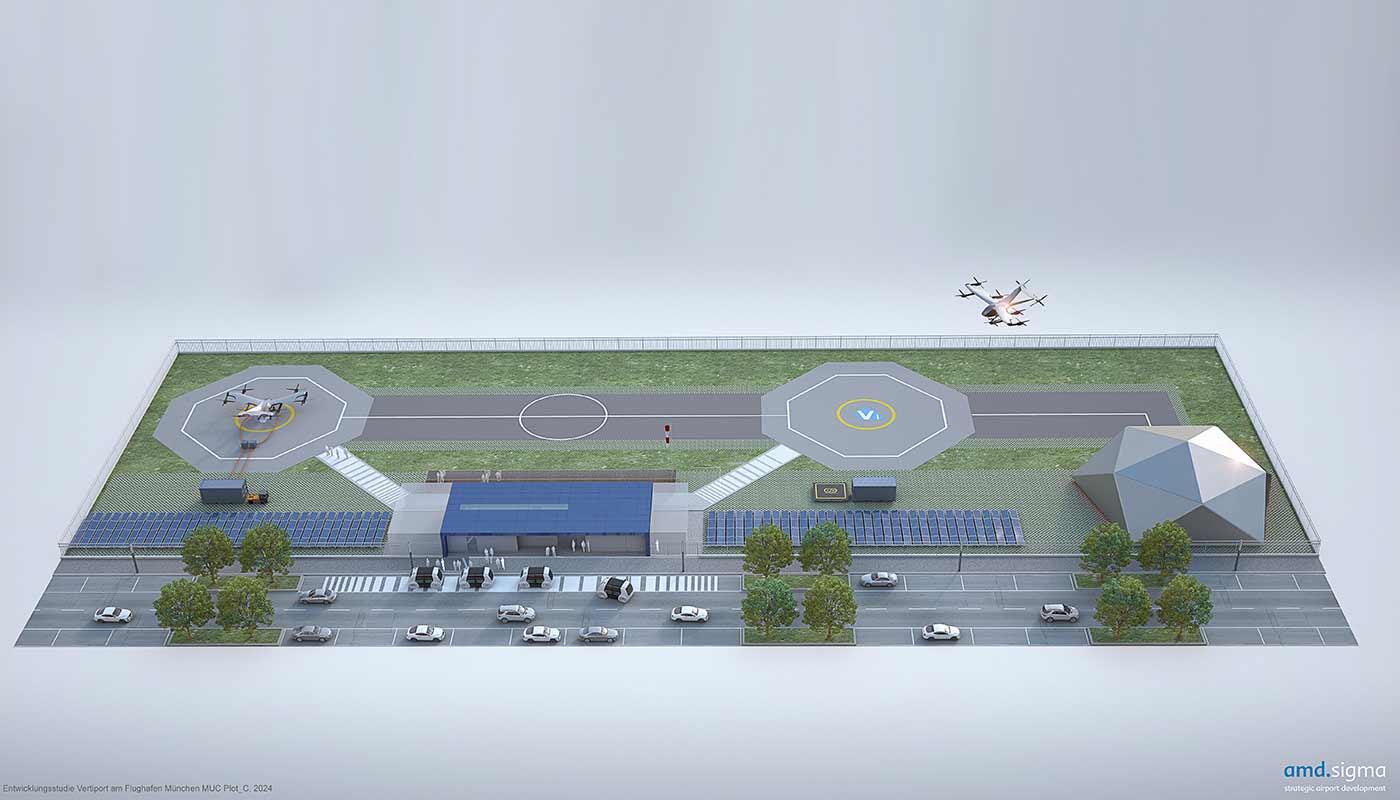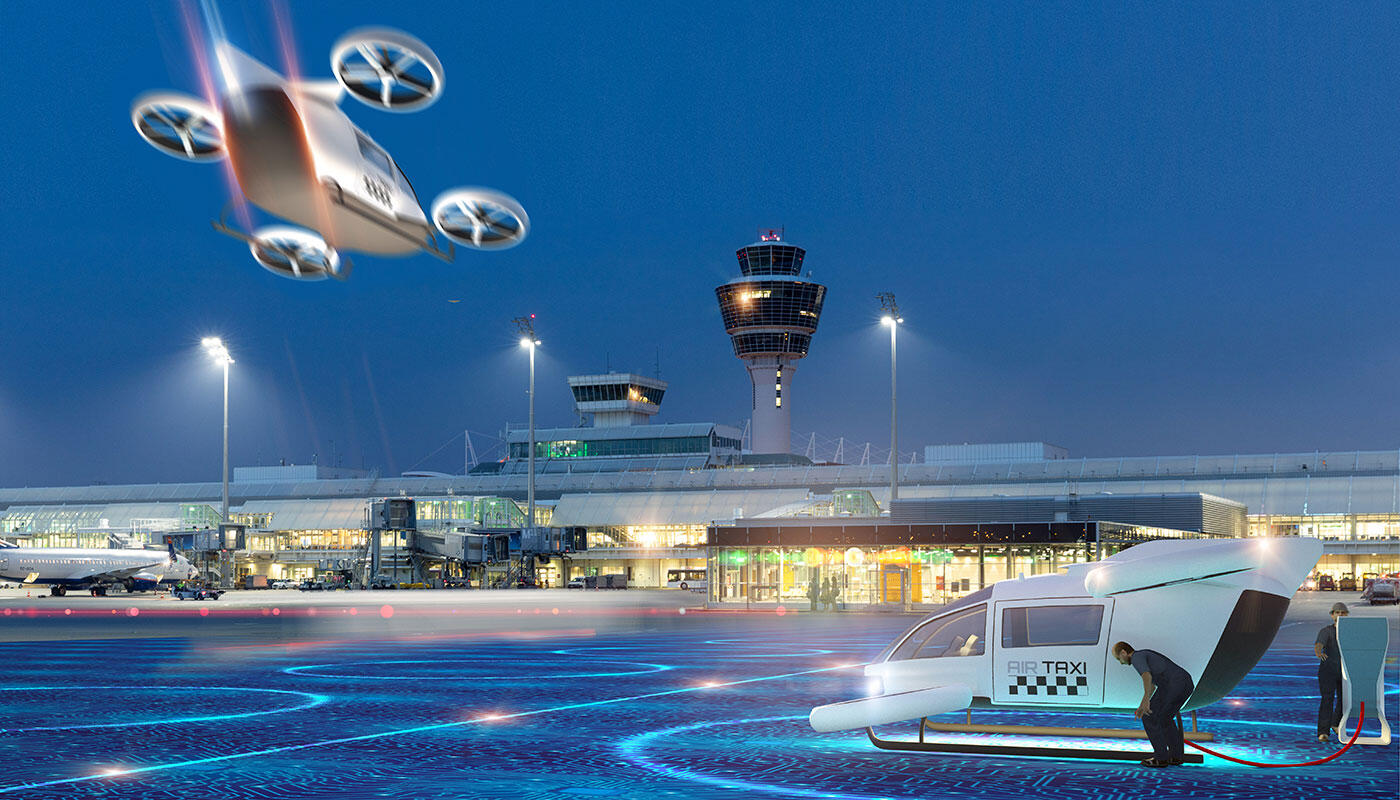In September 2024, the International Civil Aviation Organization (ICAO) hosted its first-ever Advanced Air Mobility (AAM) Symposium in Montreal, marking a milestone in the evolution of aviation. The event drew a record-breaking 1,300 participants, including 400 high-level government officials from 75 countries, aviation industry leaders, and innovators.
The symposium, themed “Advanced Air Mobility Global Harmonization and Interoperability: Challenges and Opportunities”, underscored AAM's potential to contribute to global transportation and mobility landscape with technologies like electric vertical take-off and landing (eVTOL) aircraft and unmanned aircraft systems (UAS), but also emphasized the regulatory, infrastructural, and societal tasks and challenges ahead.
Munich Airport International (MAI) strongly believes in the transformative power of Advanced Air Mobility and is at the forefront of fostering the development of a comprehensive AAM ecosystem. Apart from supporting our customers in developing their AAM landscape, we are actively engaged in several research projects. MAI’s Managing Director Dr. Lutz Weisser shared our experiences as well as the findings of our research projects on ICAO’s AAM Symposium in a panel on facilitation.
The most significant outcome of the Symposium was ICAO’s Global Call to Action for the safe, accelerated, and sustainable deployment of AAM technologies. Other than that, the ground-breaking event offered very insightful results on various facets of a global implementation of AAM.
We broke down some of the most important ones for you.




